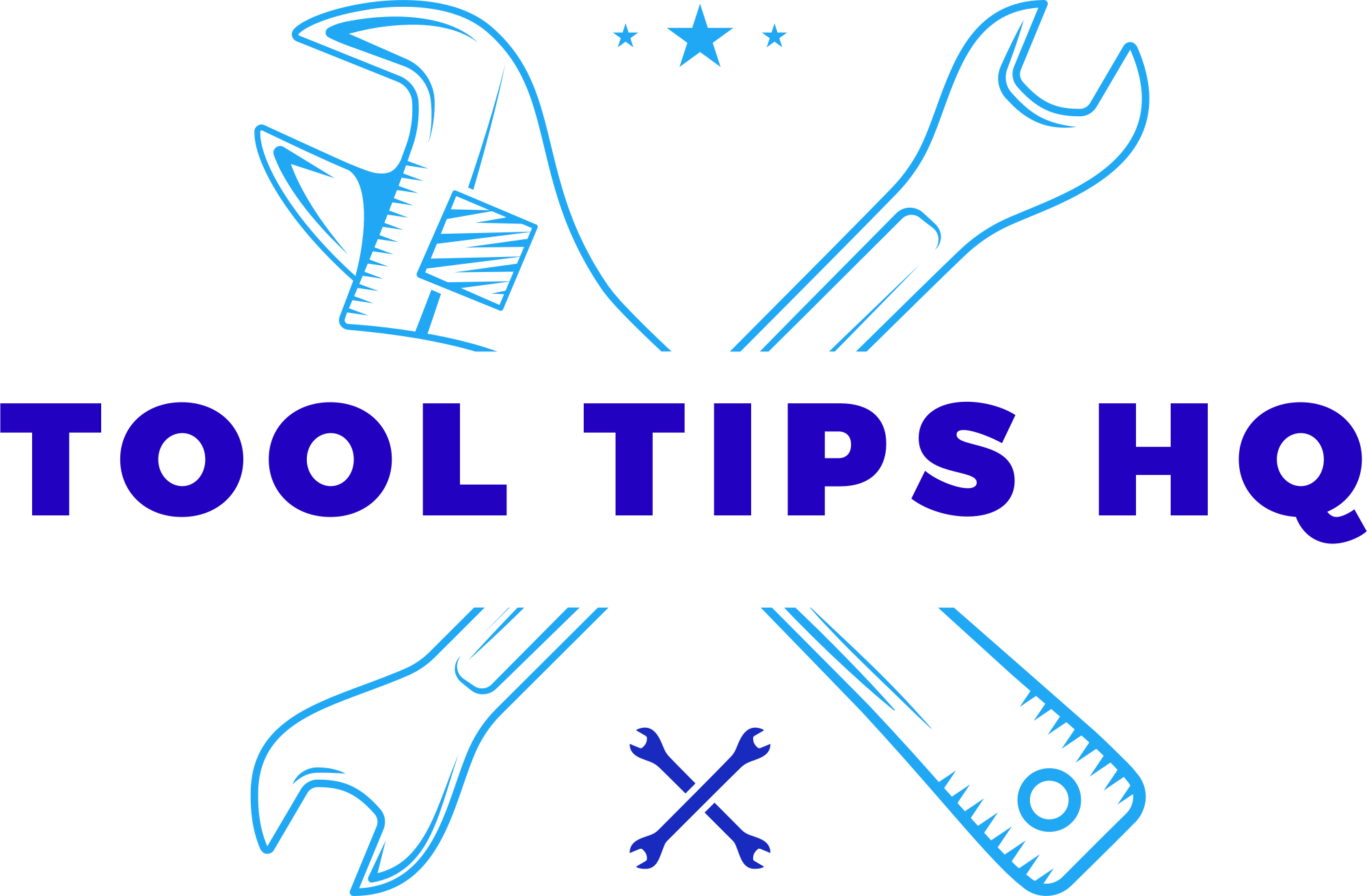**Introduction:**
In the world of craftsmanship, tools are not just instruments; they are extensions of creativity and skill. Among the diverse array of tools in the market, Acme Tools stand out for their reliability, innovation, and performance. However, even the finest tools require proper care to ensure their longevity and effectiveness. Imagine reaching for your trusted wrench or saw, only to find it dulled by neglect or damaged by improper storage. To avoid such disappointments, it’s essential to understand the best practices for storing and protecting your Acme Tools. In this article, we will explore effective strategies and tips that will help you safeguard your investment, maintain their functionality, and keep your workspace organized. Whether you’re a seasoned professional or a weekend DIY enthusiast, the right approach to tool storage will not only enhance your efficiency but also extend the life of your beloved Acme Tools.
Choosing the Right Environment for Tool Storage
When selecting a space for your tool storage, consider factors such as temperature, humidity, and accessibility. A cool, dry location will not only protect your Acme tools from rust and corrosion but will also extend their lifespan. Avoid placing your storage in damp basements or unregulated garages. An ideal environment features:
- Stable temperatures
- Low humidity levels
- Good ventilation
Another crucial element is the organization of your storage area. Utilize shelves, pegboards, and tool chests to keep your tools visible and easy to access. This will save you time and frustration during projects while ensuring your tools remain in optimal condition. Consider the following organizational tips:
- Label storage areas clearly
- Group tools by type or use
- Implement a regular cleaning schedule

Organizing Your Toolbox for Efficiency and Accessibility
Creating an organized toolbox is essential for maintaining efficiency while working on various projects. Start by categorizing your tools into specific groups based on their function, such as cutting, fastening, measuring, and power tools. Use clear, labeled compartments or tool organizers to keep everything in its designated place, reducing the time spent searching for a specific tool. Consider investing in a toolbox that features modular containers or customizable trays, which allow for easy adjustments as your collection grows or changes over time.
Accessibility is another key factor in a well-organized toolbox. Place the most frequently used tools at the top or in the most reachable sections to minimize strain and improve workflow. Use the following tips:
- Magnetic strips: Attach these to your toolbox to hold metal tools securely.
- Sockets and bits: Store these in labeled storage pods for quick identification.
- Wheeled cart: Consider using a cart for larger items that require mobility.
Moreover, maintaining a clean and clutter-free toolbox is essential. Regularly review and remove tools that are damaged or no longer needed, which can help keep your workspace inviting and functional.

Regular Maintenance Practices to Enhance Tool Longevity
Maintaining the condition of your Acme tools is essential to ensure they serve you well over the years. Regular cleaning and inspection should be part of your routine. After every use, take a moment to remove debris, dust, and, if applicable, wet materials from your tools. **Lubrication** is key for moving parts, ensuring they function smoothly without unnecessary wear. Additionally, using rust inhibitors on metal components can significantly reduce corrosion risks and extend the lifespan of your tools. Storage practices should emphasize a climate-controlled environment to prevent moisture buildup which can lead to deterioration.
To further bolster longevity, consider implementing a scheduled maintenance system. This could involve a monthly check where you survey your tools for any signs of damage or wear. Keeping a log of repairs and replacements will not only keep you organized but also help track patterns and insights regarding specific tools. Here’s a simplified overview of suggested maintenance tasks:
| Frequency | Task | Notes |
|---|---|---|
| After each use | Clean and dry tools | Prevent residue buildup |
| Monthly | Inspect for damages | Check for wear and tear |
| Quarterly | Lubricate moving parts | Use appropriate oils |
| Annually | Deep clean | Remove rust and debris |

Protective Measures Against Rust and Wear for Acme Tools
To ensure the longevity of your Acme tools, adopting a proactive approach to protection is essential. Utilizing **rust-resistant coatings** or **protective sprays** can create a barrier against moisture and corrosion. Additionally, consider storing tools in a **climate-controlled environment**, away from areas prone to high humidity, to mitigate the risk of rust formation. Regularly **cleaning your tools** after use will also prevent the buildup of grime and moisture, which can lead to wear over time.
Adding **tool organizers** or **cases** specifically designed for Acme tools not only keeps them secure but also helps to avoid unnecessary contact that can cause abrasion and scratches. Here’s a simple guide to maintaining your tools while in storage:
| Maintenance Tips | Frequency |
|---|---|
| Wipe down tools with oil | After use |
| Inspect for rust and damage | Monthly |
| Store in protective cases | Always |
| Keep in dry environment | Always |
Q&A
**Q&A: How to Properly Store and Protect Your Acme Tools**
**Q1: Why is proper storage important for Acme tools?**
**A1:** Proper storage extends the life of your Acme tools, preventing rust, damage, or wear that can occur due to environmental factors or improper handling. When tools are stored correctly, they not only remain functional but also safe to use, which ultimately enhances your efficiency and productivity.
**Q2: What are the best conditions for storing Acme tools?**
**A2:** Ideally, store your Acme tools in a cool, dry place that is well-ventilated. Avoid areas with extreme temperatures or humidity, such as basements or attics. Storing tools at room temperature in a dedicated workshop or garage with minimal moisture is usually best.
**Q3: Should I clean my tools before storing them?**
**A3:** Absolutely! Before storage, always clean your Acme tools thoroughly to remove dirt, grease, and grime. This prevents any residue from causing corrosion over time. Use a soft cloth and a gentle cleanser, and make sure all tools are completely dry after cleaning.
**Q4: How can I organize my tools to maximize their lifespan?**
**A4:** Organizing your tools not only keeps your workspace tidy but also protects them from damage. Consider using pegboards, toolboxes, or drawer organizers. Keep heavier tools at the bottom and store smaller, more delicate items on top to prevent accidents. Ensure they are easily accessible but not overcrowded.
**Q5: Are there specific protective measures I should take for certain types of tools?**
**A5:** Yes! For metal tools, apply a light coat of oil to prevent rust. Wooden handles can benefit from a wood preservative or wax to keep them from splitting or drying out. Always keep blades or sharp edges covered or sheathed to avoid accidents and injuries.
**Q6: How often should I inspect my stored tools?**
**A6:** Regular inspections are key to maintaining your tools. Aim for at least once every few months. Check for signs of rust, wear, or damage, and address any issues immediately. This proactive approach will ensure tools remain in top condition and ready for use when needed.
**Q7: What should I avoid when storing tools?**
**A7:** Avoid storing tools in damp or humid environments, where moisture can lead to rust. Do not pile tools on top of each other, as they can become scratched or damaged. Lastly, refrain from using cardboard or direct contact with the ground, which can absorb moisture and lead to deterioration.
**Q8: Is there a specific storage solution recommended for portable tools?**
**A8:** For portable tools, a sturdy toolbox or tool bag is often the best solution. Look for options with compartments to keep tools organized and to prevent them from knocking against each other during transport. Ensure the storage solution is durable and provides sufficient protection against impacts.
**Q9: Can I use my tools right away after they come out of storage?**
**A9:** Generally, yes! However, it’s wise to conduct a quick inspection of your Acme tools after taking them out of storage. Check for any signs of damage, rust, or looseness. A small maintenance check can help ensure they perform optimally during your next project.
**Q10: What final tips do you have for tool care and storage?**
**A10:** Keep a user manual or storage guide for each tool handy, as knowing the specific care instructions can be invaluable. Maintain a routine for cleaning and inspecting tools, and always prioritize organization. By investing time in proper storage and protection, your Acme tools will reward you with years of faithful service!
Final Thoughts
As we conclude our exploration of how to properly store and protect your Acme tools, it’s clear that a little forethought can go a long way in extending the life of your equipment. Just as a skilled craftsman treasures their tools, proper storage is a fundamental practice that safeguards this investment. By implementing the strategies we’ve discussed—from choosing the right environment to utilizing effective storage solutions—you can ensure that your Acme tools remain in peak condition for years to come.
Remember, the care you provide today will translate into smoother projects and greater efficiency tomorrow. So, equip yourself with knowledge, make informed decisions, and let your tools be the trusted companions they are meant to be. With the right protection and organization, your Acme tools are not just instruments of work; they become the keys to unlocking your creativity and achieving your goals. Happy crafting!

